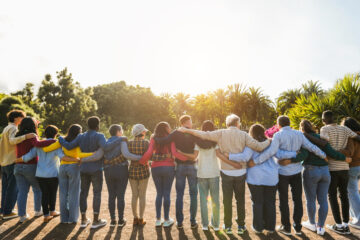One key aspect that organizations, businesses, education and humanitarian institutions need to emphasize is promoting creative uses of technology and innovative approaches in disaster preparedness.
A disaster is a sudden event, such as an accident or a natural catastrophe, that causes great damage or loss of life. Disasters can be devastating.
Natural hazards are beyond our control; however, we can come up with ways to minimize the damage. What do we mean by natural hazards? this is an act of nature that cause catastrophic situations that disrupt the lives and livelihood of people by plunging them into helplessness and suffering.
According to World Health Organization, every year natural disasters kill around 90 000 people and affect close to 160 million people worldwide. Natural disasters include earthquakes, tsunamis, volcanic eruptions, landslides, typhoons, Cyclones, hurricanes, floods, wildfires, heat waves and droughts. These disasters do have a negative impact to human lives and livelihoods. So how can we use technology to minimize the impact of natural disasters?
Technology is the application of scientific knowledge for practical purposes. Technology has evolved over the years and it has become a need. Companies are reducing costs by integrating technology into their businesses, humanitarian institutions are adapting the use of technology to expedite and magnify relief efforts by improving efficiency thus reaching more people at a cost-effective manner and ultimately saving more lives.
The use of social media, drones, satellite imagery through GIS, real-time disaster modeling, and widespread connectedness means more efficient and necessary information flow.
Aerial robotics such as drones show tremendous potential to transform humanitarian aid. You can use drones to map terrain and access damage in real time, making it easy for responders.
Use of virtual reality simulators to train responders before they go to the field.
Use of mobile and web apps to help people prepare for disasters.
Use of social media, in case of a disaster, information and the dissemination of information are key. We have seen how powerful the use of social media can help spread word. In the case of drought in Kenya, we saw people use social media to have people donate relief funds.
We need to promote innovation in disaster preparedness through supporting learning and knowledge sharing amongst disaster preparedness practitioners worldwide.



